Luxury Outlook 2024: So what are the bright spots in real estate this year?
Here’s five takeaways for the year ahead
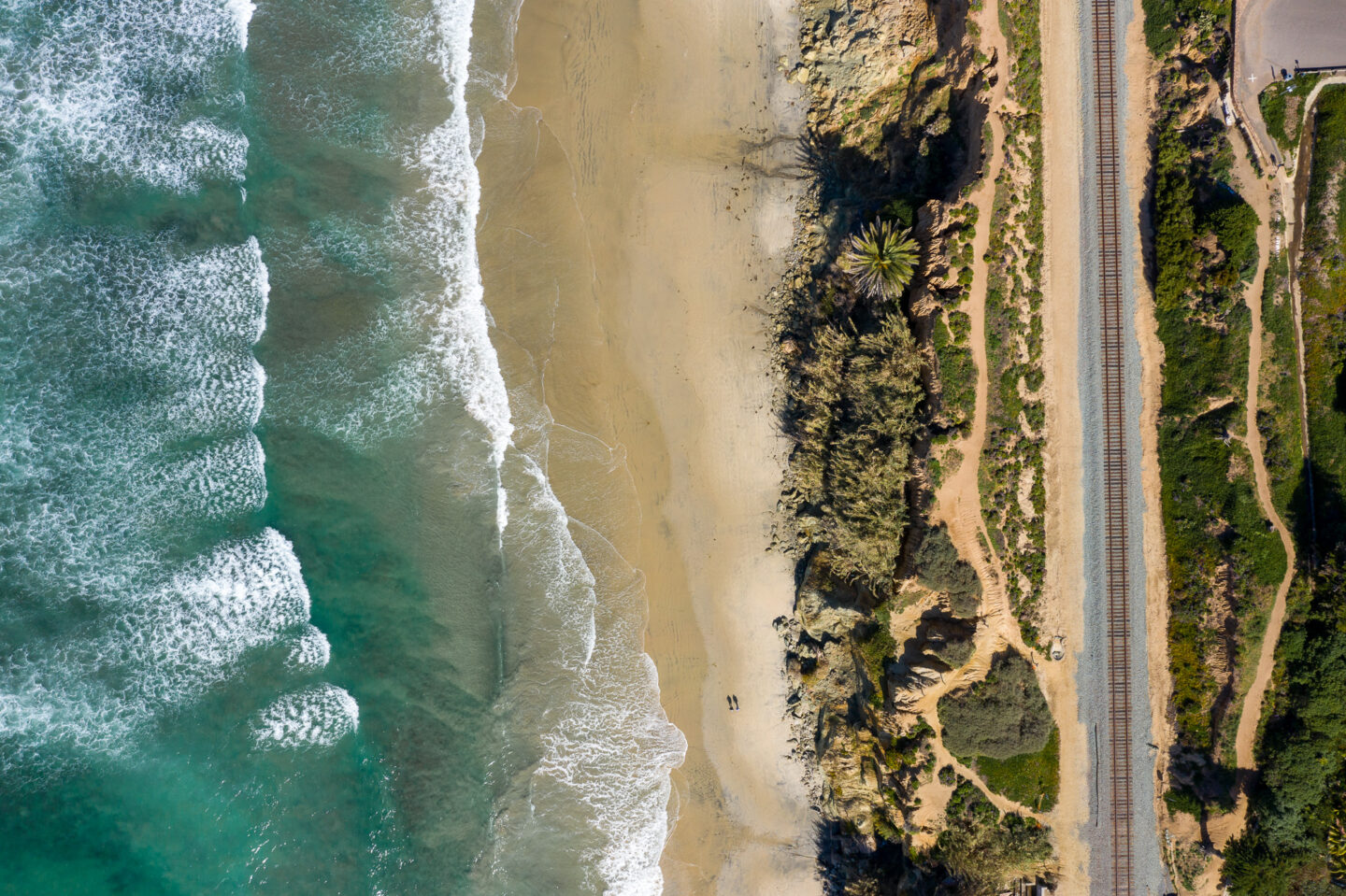
For over 35 years, Rande Turner of Rande Turner Collective has been evolving real estate conversations in North County and beyond. Now, in partnership with Pacific Sotheby’s International Realty, the Del Mar-based realtor is guiding us through the 2024 forecast of what’s shaping the industry dialogue.
The key takeaways from the 2024 Luxury Outlook with Buyers are more resourceful than ever. A surprising second-home spot has emerged in Mexico. While sustainability is the buzzword, AI has become a go-to for buyers seeking to renovate, reimagining a space in real time.
And speaking of tech: San Diego continues to rank as a formidable tech hub. Combined with our lifestyle factor, it’s how North County maintains its status as a tried-and-true high-net-worth enclave. Let’s dive in!
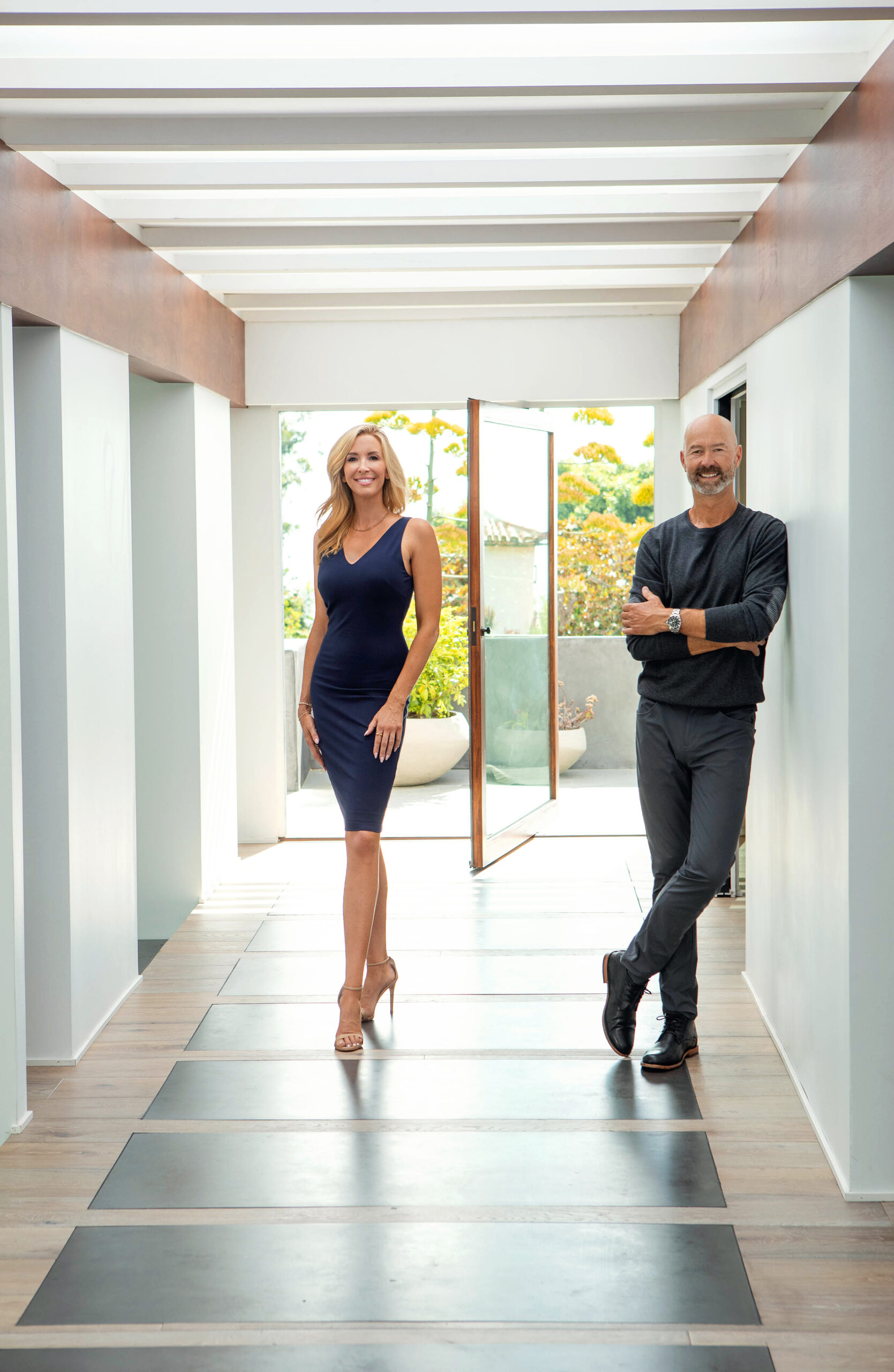
The Buzzword of 2024: Sustainability
The next-gen of luxury home buyers are concerned with two issues: whether the house is located in a higher-risk area and whether a house has been built with an environmental conscience. Think eco-friendly heating systems and garage charging stations. “You’ll continue to see sustainable properties generate premiums in the future,” says Nelson.
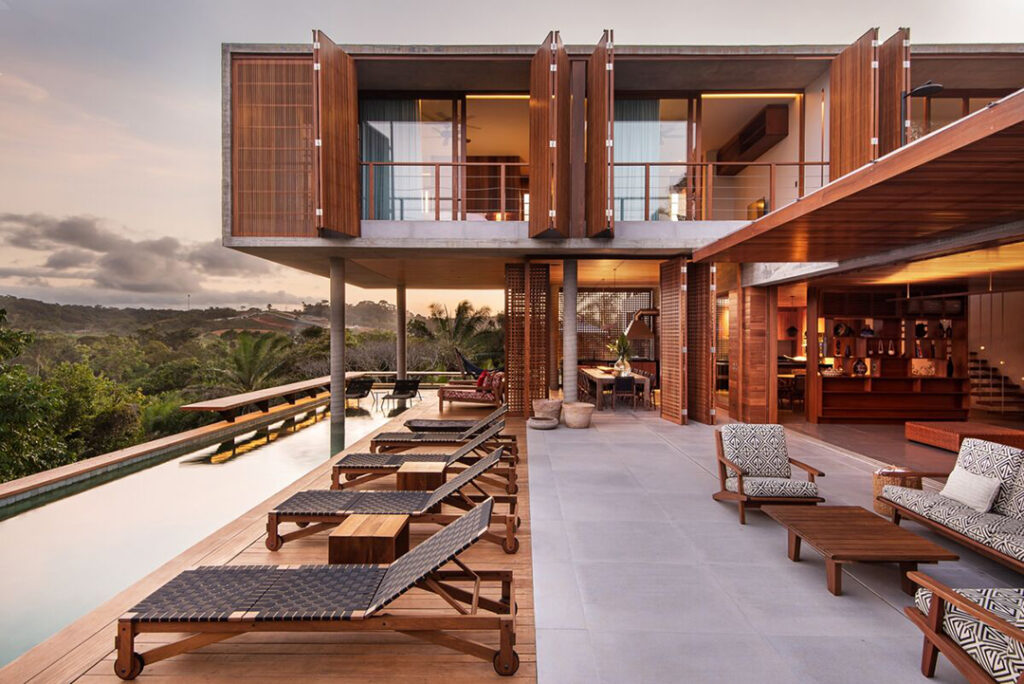
Once a niche interest, real estate developers are now building with sustainability at the top of mind, as buyers demand homes that integrate more renewable energy and reduce their carbon footprint.
When Wohali, a luxury, 5,000-acre planned community, breaks ground later this year in Utah, it will boast a long list of sustainable features: thousands of acres set aside under a conservation easement, a solar-panel farm, and community buildings featuring solar roofs.
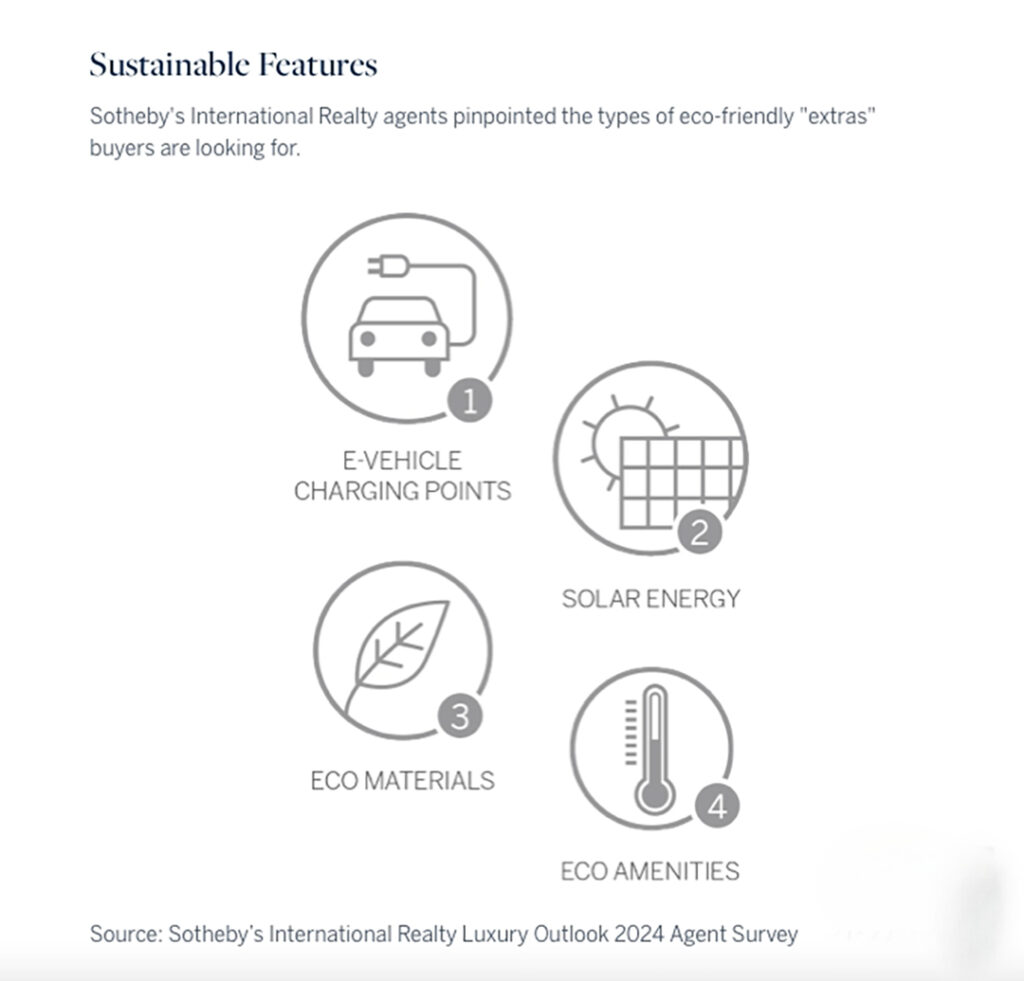
The Utah planned community is designed to incorporate nature: 3,400 of the community’s 5,000 acres are under a conservation easement, protecting it as open space where residents can hike, mountain bike, and Nordic ski.
The community also includes a five-acre solar farm, which helps to provide power to the community as a whole. All of the amenity buildings will include solar roofs and be Leadership in Energy and Environmental Design, or LEED, certified.
Even the golf course at Wohali was designed to be more green—it is one of 1,000 Certified Audubon Cooperative Sanctuary courses worldwide, awarded to courses that enhance wildlife habitat and meet certain standards for environmental management.
Tech in Real Estate: Why buyers love AI, 3D renderings and drones
AI in My Interior Designer
Not all luxury properties are created equal. Buyers around the world prefer turnkey. “The last few years, people were allergic to projects,” says Chief Marketing Officer A. Bradley Nelson, who helmed the 2024 report. “They wanted move-in ready.” The flip side is that homes that do require work can be “an insane value opportunity.”
Buyers who are willing to put in the work will reap the rewards. So, how to convince them? One word: Innovation.
“Generative AI models are going to impact the perspective and capability of buyers to imagine what a property can become,” says Nelson. “These technologies allow people to make rapid-fire material changes: What would it look like if we put a fireplace there? What would it look like if we replaced all the cabinets? What’s the same space in a different configuration?”
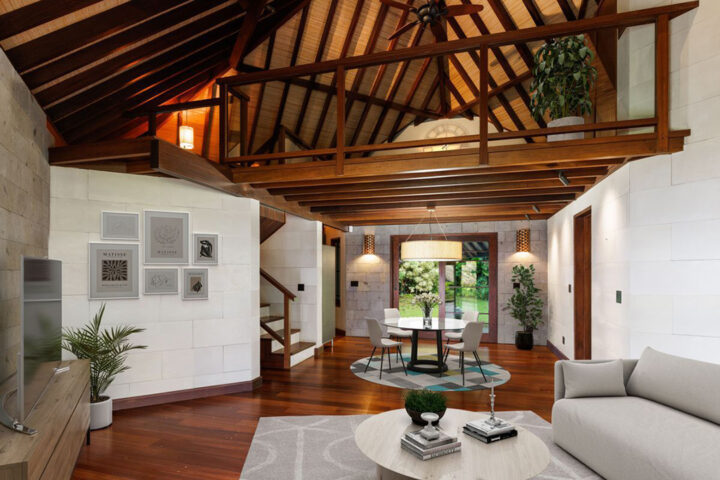
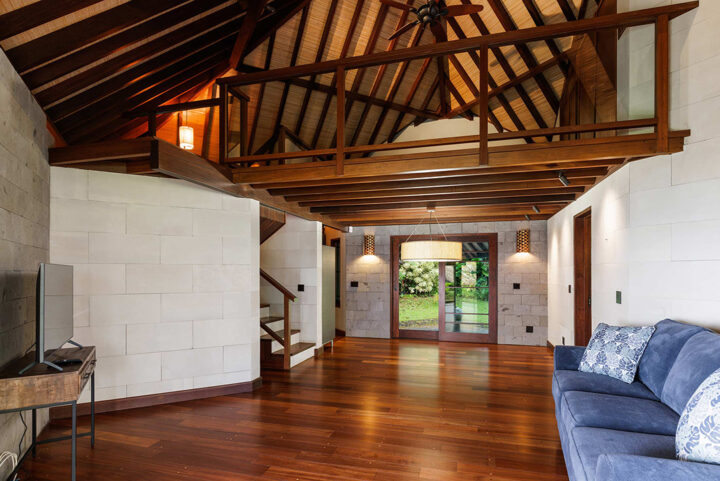

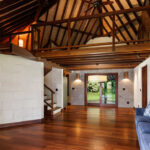
Bringing Plans to Life
In pre-development sales, meanwhile, tech is having a profound effect on buyers. Enhanced 3-D renderings make developments tangible long before they’re completed, while drones allow buyers to monitor projects in real time. The combination of these two brings preconstruction projects to life.
“Our developers are completely blown away with the possibilities our tech presents,” says Joe Zahm, president, Turks & Caicos Sotheby’s International Realty, who’s utilizing innovative technology to turn the concept of remote on its head.
“The combination of drone and 3-D modeling brings preconstruction projects to life. Developers then get ideas about how to optimize their schematic concept and designs.”
Nowadays, Tech Hubs are Sprouting Everywhere. San Diego still ranks on top.
Hybrid work arrangements are here to stay. And with them comes emerging tech hot spots. In 2023, tech-industry hot spots boasted double-digit growth year over year. That’s according to tech-jobs site, Dice, which used job-postings salaries to pinpoint the most dominant U.S. tech centers. While smaller markets like Denver and Philadelphia are vying for attention, San Diego comes in at a cool fourth.
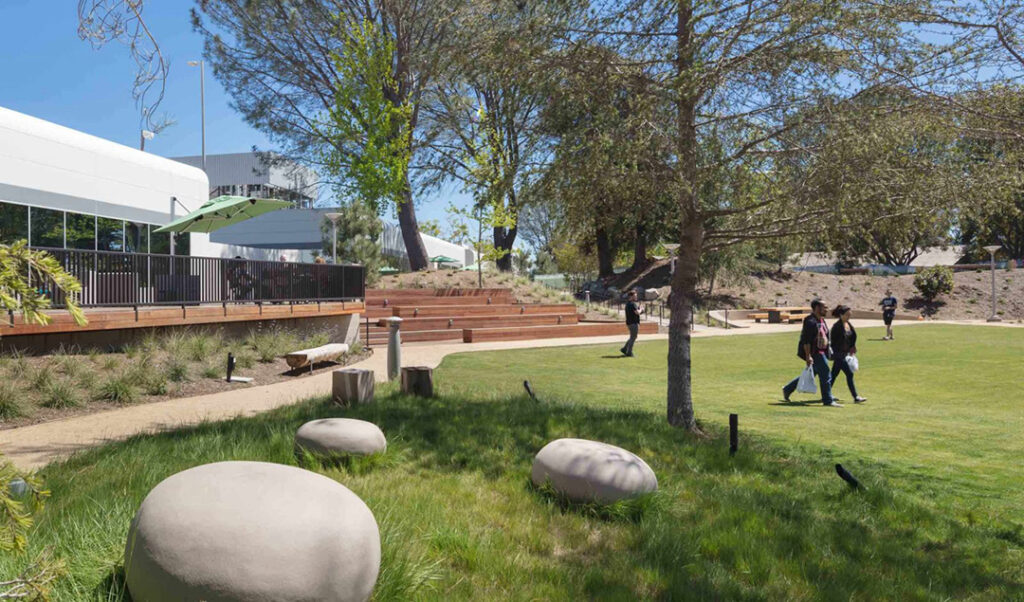
At the Top: Houston (+45.6% year over year), Miami (+33.6%) Phoenix (+31.7%) San Diego (+29.4%) Charlotte (+27.6%) Boston (+25.6%) Los Angeles (+23.3%) Chicago (+21.9%)Tampa (+21%)
Usurping Silicon Valley’s primary position, Miami attracted the most VC money from 2020–2022, followed by Chicago; Denver, Philadelphia and Bridgeport. Detroit has seen investments from Amazon, Microsoft, and Apple. Meanwhile, Nashville and Minneapolis are also emerging as smaller-scale tech hubs. And Orlando, better known for theme parks, has doubled down on tech, defense, and training, with a healthy start-up ecosystem.
Internationally, global recruiting firm Oyster ranked the world’s top 9 cities for tech talent, with Vancouver, Canada, at No. 1, followed by Mexico City, Mexico; Manchester, United Kingdom; Lagos, Nigeria; Buenos Aires, Argentina; Bengaluru, India; Dublin, Ireland; Barcelona, Spain; and Nairobi, Kenya.
I Want Your Mex: Mexico City’s Resurgence Into a Cultural Beacon
The capital city, known for its spectacular art and archaeological museums, world-class shopping, exciting nightlife, and acclaimed restaurants, has become a magnet especially for Europeans looking for a metropolitan lifestyle.
“The key factors encouraging people to buy property here are the lifestyle and the culture, especially in the city,” says Laura de la Torre de Skipsey of Mexico Sotheby’s International Realty.
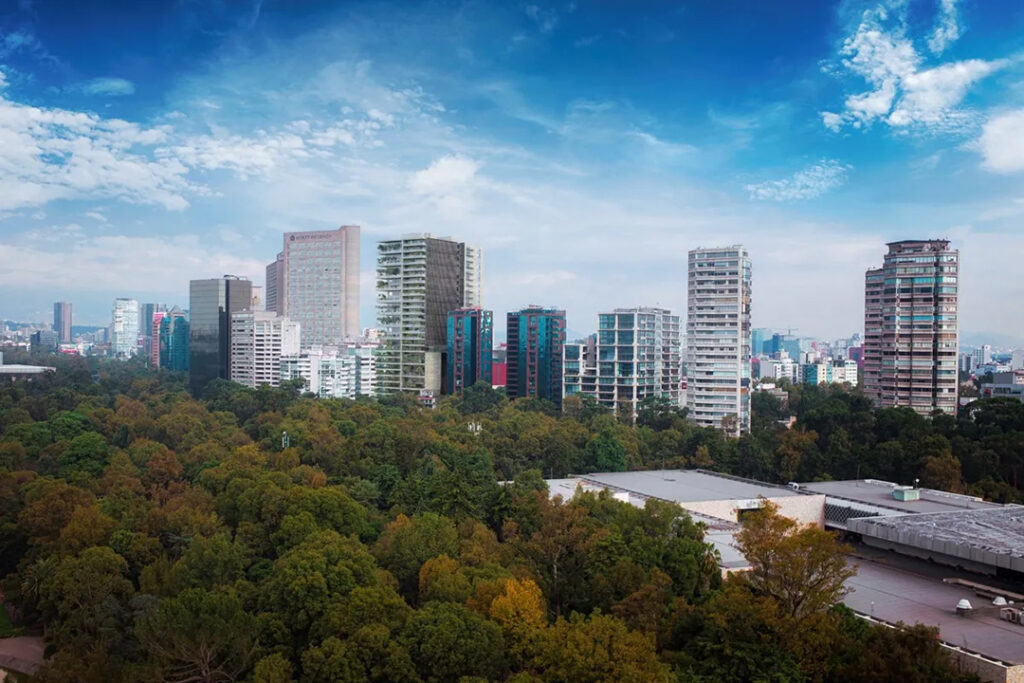
“Now, more Americans and British families are buying single-family homes in the city in neighborhoods like Las Lomas because that’s where a lot of American, British, and French schools are located,” she says. “People looking for nightlife and the city lifestyle are drawn to Condesa and Roma, which are already expensive and well-known.”
The neighborhoods of Colonia and Polanca are also popular, especially the new Rubén Darío 225 tower, which has US$4 million to US$10 million apartments with room-sized terraces overlooking the city.
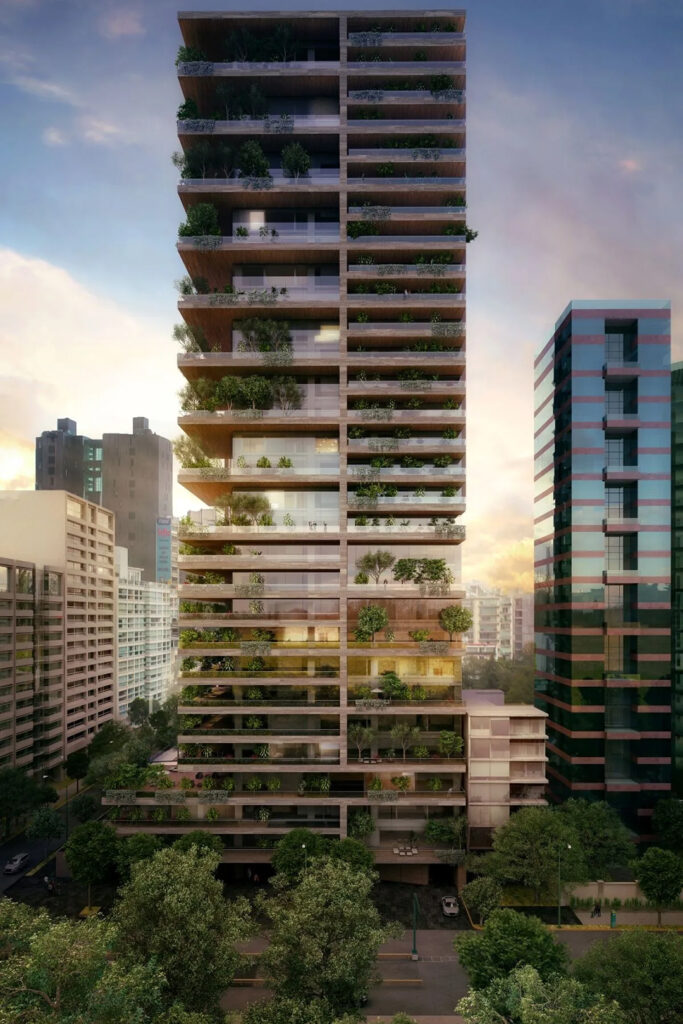
Five years ago, our market wasn’t anything like this, but now North Americans and Europeans are recognizing the value they can get investing in Mexico, along with the culture,” de la Torre de Skipsey says. “This is only the beginning of the growth of the luxury market here.”
Other Mexico markets jockey for position: Oaxaca, Escondido, Puerto Vallarta, and Riviera Maya.
The Suite Life: Resimercial is the mash-up of residential and commercial
A luxury-hotel stay is the ultimate sensory escape. So it’s no wonder homeowners and designers are looking to hotels for their home-design cues. “The term ‘resimmercial’ is going around the design community,” says Young Huh of Young Huh Interior Design and Cosentino Design Alliance member. “It’s essentially the concept of blurring the lines between commercial and residential design to create a home experience with elements of hospitality you might see in a spa or a luxury hotel.”
Private residences are infusing both a sanctuary-like feel to attend to self-care needs as well as an element of leisure to everyday living. It’s a trend with which Jim Tinson, AIA, CEO, Hart Howerton, is very familiar. His clientele no longer draws a distinction between their vacation accommodations, private clubs, or primary residences, he says.
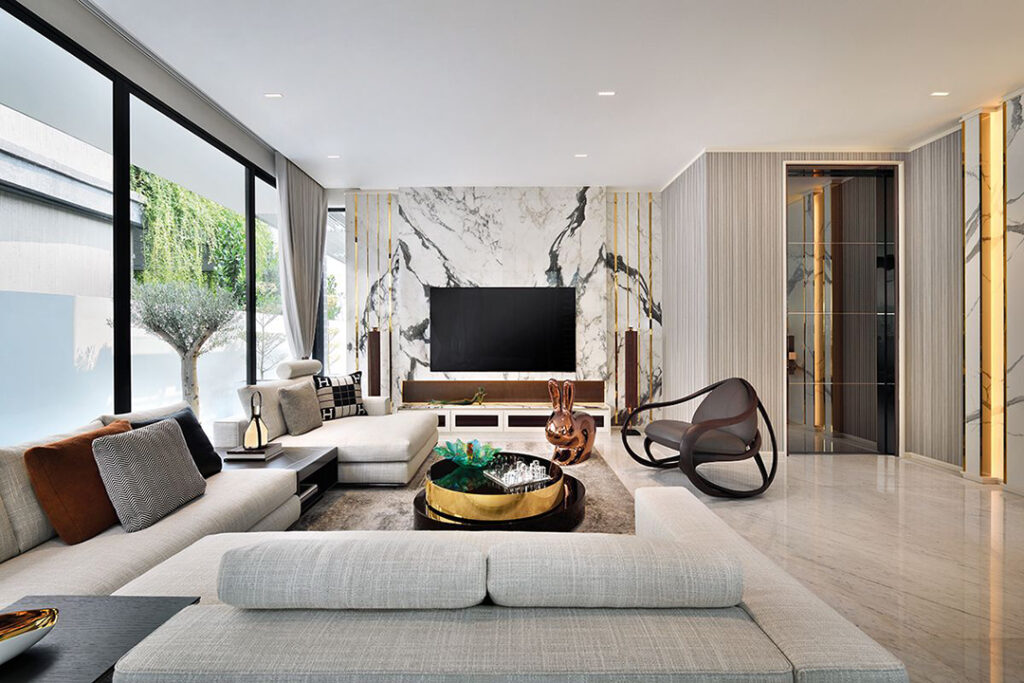
“They’re well-traveled: They’ve seen the best things; they’ve been to the best places” and they’re referring to those places when deciding how to design their homes,” Tinson says.
“There’s a focus on elevated amenities and hospitality experiences baked into private homes.”
Here are some of the top trends blurring the lines between home and hotel in private residences:
Hotel-Style Suites
Instead of standard secondary bedrooms, Tinson’s clients are asking for complete suites, “so that guests walk in and feel like they’re staying with the graciousness of a high-end hotel.” Subsequent bedrooms are designed in exactly the same ways: with en-suite, comfortable bathrooms, closets, and black-out shades.
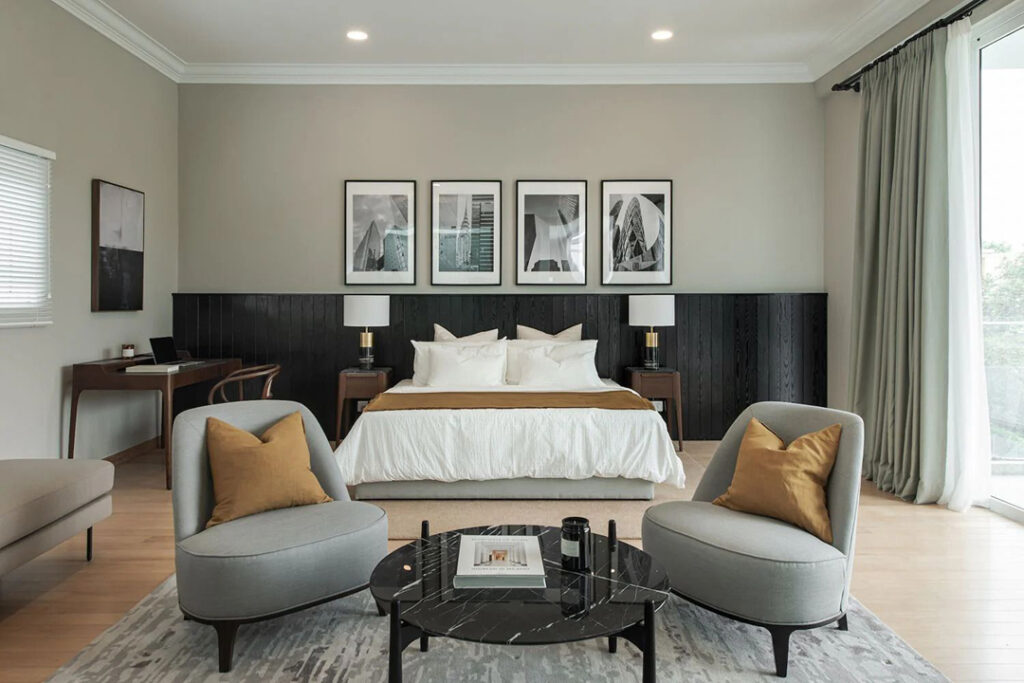
In-Room Kitchenettes
There’s demand for morning kitchens and wet bars in the primary bedroom suite as well as guest rooms. “They want the kind of hospitality experience they would get at a hotel delivered to their home.” Even the ability to grab a bottle of water or juice—or make a cup of coffee without having to go to the kitchen.
Spalike Experiences
From curbless showers to stand-alone tubs to indoor-outdoor showers set in a garden, primary bathrooms are becoming more and more like spa retreats. Then there are wellness rooms with hot and cold plunges and infrared saunas. “We’ve even designed massage rooms with outside access, so a therapist could come in from the outside,” Tinson says.
Family Zones
Today’s hotels feature fun zones the entire family can use simultaneously. “In the old days, we would create spaces just for kids; now we’re designing family entertainment destinations with a game room, indoor-outdoor pool tables, bowling, and a golf simulator,” Tinson says. And clients are requesting these same family zones in their own homes.
Complete Cocktail Bars
Home bars are going way beyond the roll-up cart or basement-afterthought variety and venturing into full hotel-bar experiences. For example, Tinson designed a hotel-worthy cocktail bar for a client that felt more like a real bar with racks overhead and seating. “My client wanted to be able to entertain guests in a hospitality-type environment in the comfort of home,” Tinson says.
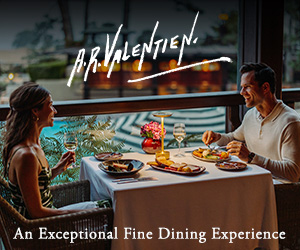
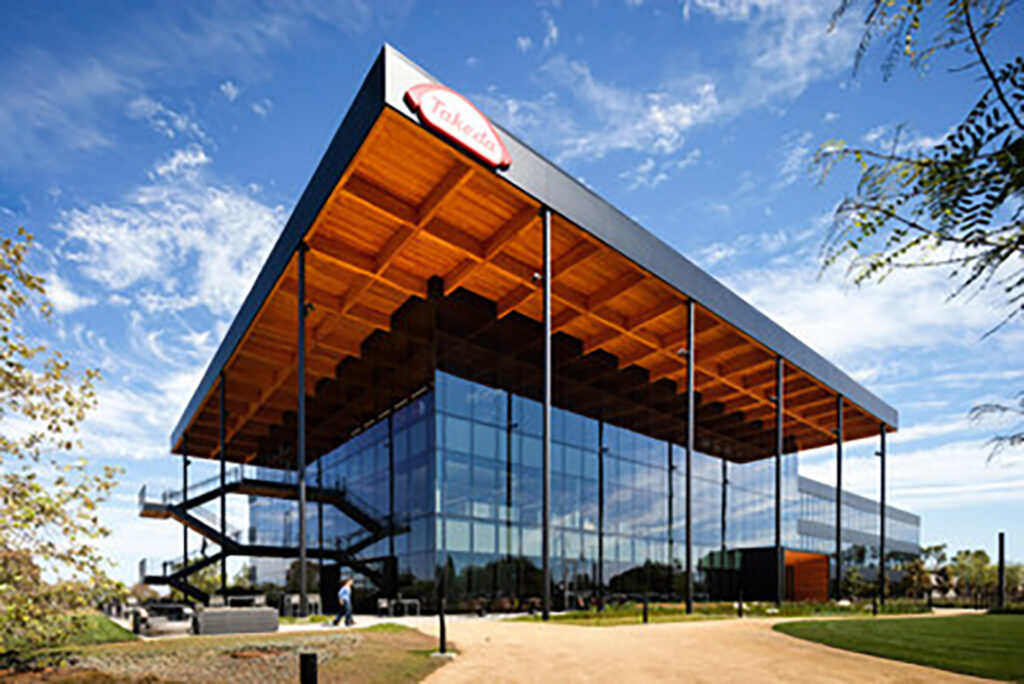

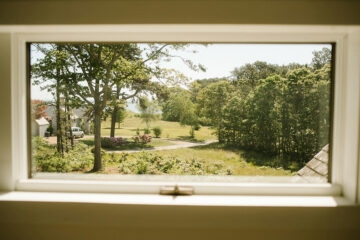


Comments